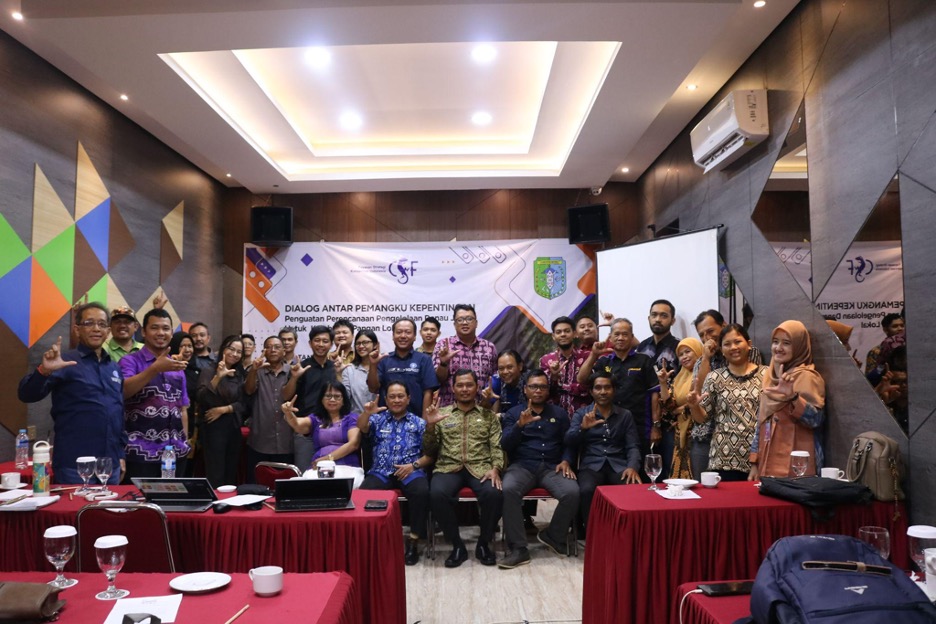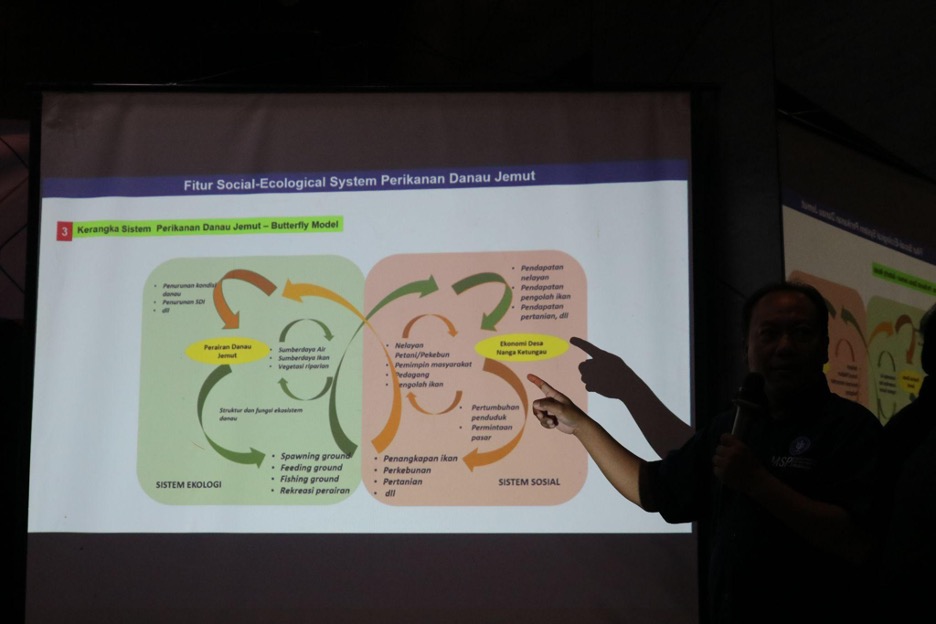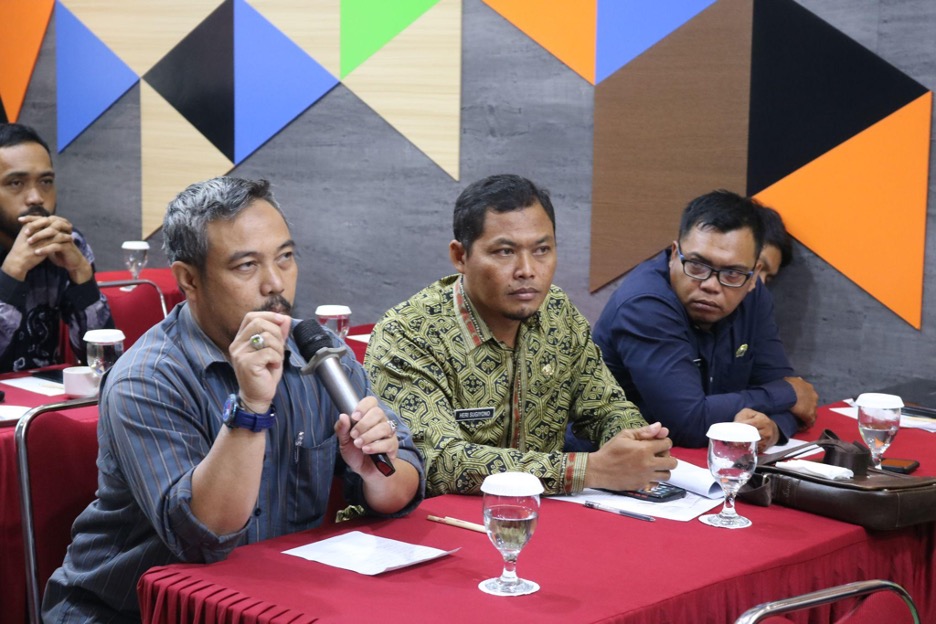Preserving Sintang’s Lakes: A Path Towards Sustainable Food Security
In the heart of West Borneo lies Sintang Regency, a region deeply committed to sustainable development and the protection of its precious ecosystems for the welfare of its people. With the invaluable support of various Conservation Non-Governmental Organizations (CSOs) like WWF-Indonesia, Sintang Fresh-Water Care, and Alam Kapuas Raya, the local government has taken significant steps to safeguard its natural treasures. One remarkable achievement is the designation of 10 protected lakes under the Sintang Regency Regional Regulation Number 20 of 2015, focused on the Sintang District Spatial Plan for 2016 – 2036.
These protected lakes serve as crucial freshwater fish barns for the local community, contributing significantly to local food security, as inland fish serve as a vital source of protein. To achieve this goal, the management of these lakes requires strengthening and sustained efforts. The collaboration between CSF Indonesia (YSKI) and the Sintang Government played a pivotal role in this regard.

In July the "Stakeholder Dialogue on Strengthening Jemut Lake Management Planning for Local Food Security," took place, bringing together various stakeholders invested in the welfare of Jemut Lake. During this meeting, YSKI shared the findings of extensive research on Jemut Lake's bioecology and socio-economic aspects. The team, comprising experts like Nuraini, CSF Indonesia's Natural Resources Economist, and Taryono Kodiran and Luky Adrianto, Marine and Fisheries experts from IPB University, worked meticulously to collect crucial data about the lake's characteristics, water quality, fish types, fishing activities, and resource management.

Jemut Lake holds a special place in the development program for Food Security Planning, and YSKI has been instrumental in guiding the Sintang Government to explore and maximize its potential. Utilizing economic tools, YSKI facilitated the study of Jemut Lake and devised an effective management plan to ensure its sustainability.
The adoption of the Social-Ecological System (SES) approach in the study revealed valuable insights that will guide the Sintang government in nurturing Jemut Lake as a protected lake and a dependable source of freshwater fish. A well-managed Jemut Lake not only contributes to the preservation of biodiversity but also addresses the pressing issue of stunting, as it can provide a wealth of protein sources for the local population.
Beyond Jemut Lake, the entire region of Sintang is blessed with lakes that boast incredible biodiversity and play a significant role in maintaining harmony between people and the environment. To this end, YSKI, alongside dedicated stakeholders, is relentlessly working towards developing sustainable management practices for these lakes. The endeavor is driven by the profound cultural connection between the lakes and the local communities, as they have been integral to their way of life for generations. Moreover, the abundance of natural resources in these lakes has been the lifeline for the people, providing sustenance and nourishment.

The journey toward sustainable management is not without challenges. The uniqueness of the low-high season poses governance challenges, while issues like waste management, accessibility, the climate crisis, rapid plantation growth, and overfishing demand attention and thoughtful solutions. Nevertheless, all stakeholders are united in their determination to seize the opportunity and overcome these challenges, ensuring that the lakes reach their fullest potential as vital resources for Sintang's food security.
In response to the dialogue, Suhaidi from the Sintang Food Security and Fisheries Institution expressed his gratitude, stating that the meeting had been truly transformative for the Ketungau community. He mentioned their proposal for a fish auction place (TPI), which holds the promise of becoming a reality soon.
We firmly believe that this collaborative effort will not only enhance livelihoods but also serve as a beacon of hope for preserving our environment from unsustainable practices. By working together, we can create a future where the lakes of Sintang continue to thrive, providing sustenance and support to the local communities for generations to come. With dedication, perseverance, and a shared vision, the path to sustainable food security in Sintang is within our grasp.
This work is made possible by The David and Lucile Packard Foundation.
- Log in to post comments

